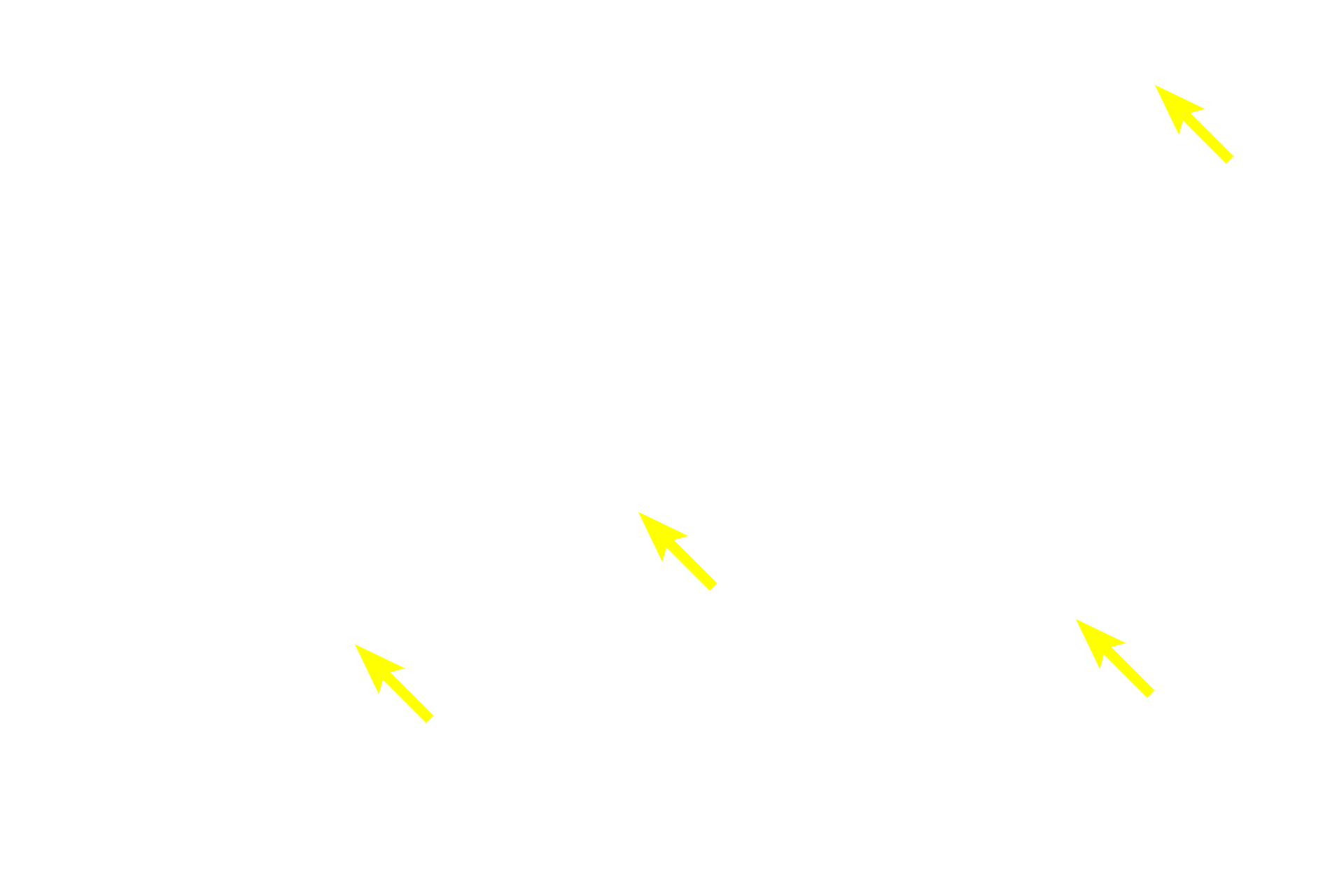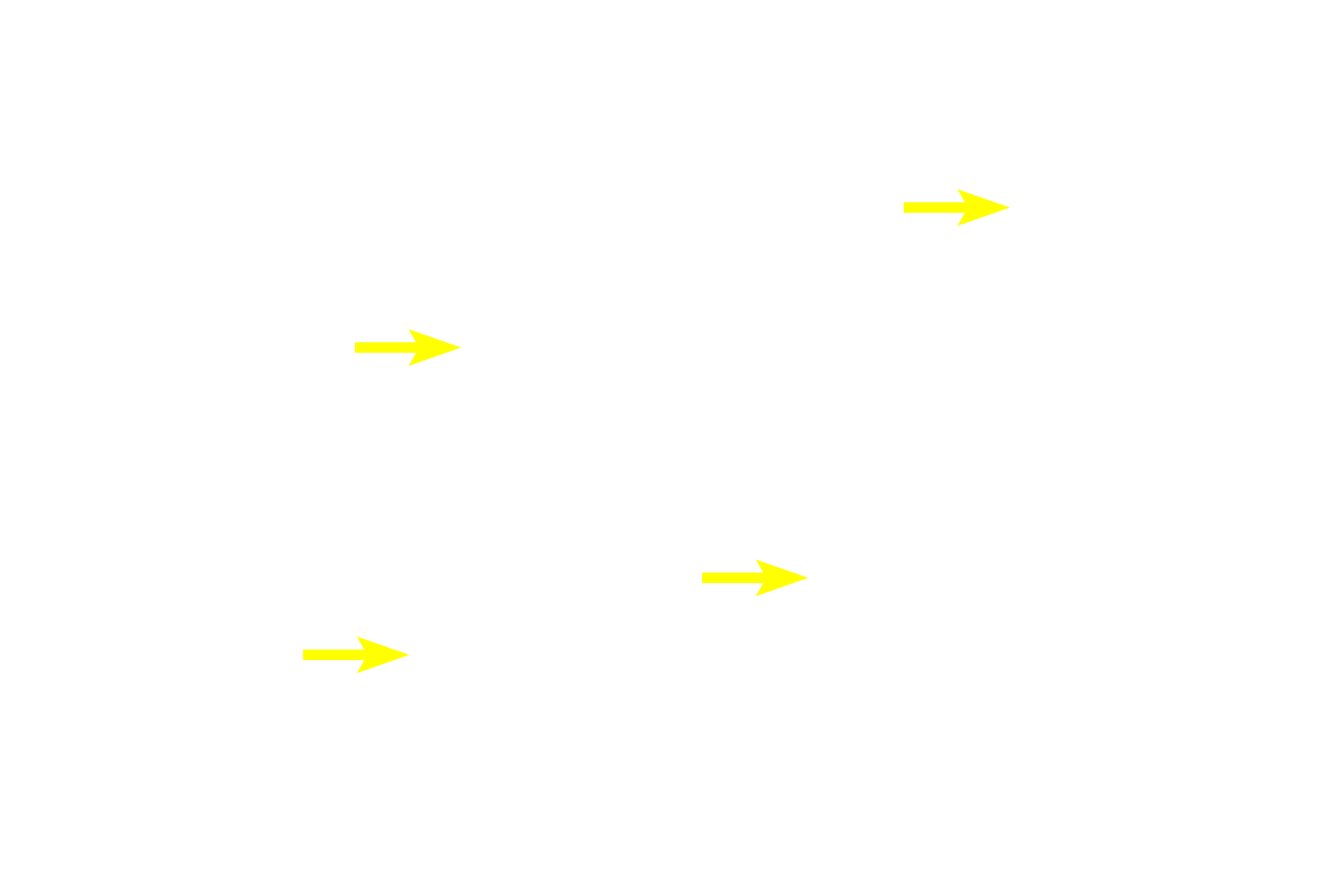
Periodic acid-Schiff (PAS) stain
PAS is an example of a histochemical stain, that localizes a unique chemical group, in this case, carbohydrate. PAS is thus more precise than a conventional stain which relies on simple charge interactions. The reaction of PAS with carbohydrate produces a magenta color, thus identifying the glycogen deposits in these liver hepatocytes. Liver 1000x

Glycogen
PAS is an example of a histochemical stain, that localizes a unique chemical group, in this case, carbohydrate. PAS is thus more precise than a conventional stain which relies on simple charge interactions. The reaction of PAS with carbohydrate produces a magenta color, thus identifying the glycogen deposits in these liver hepatocytes. Liver 1000x

Nuclei
PAS is an example of a histochemical stain, that localizes a unique chemical group, in this case, carbohydrate. PAS is thus more precise than a conventional stain which relies on simple charge interactions. The reaction of PAS with carbohydrate produces a magenta color, thus identifying the glycogen deposits in these liver hepatocytes. Liver 1000x

Cytoplasm
PAS is an example of a histochemical stain, that localizes a unique chemical group, in this case, carbohydrate. PAS is thus more precise than a conventional stain which relies on simple charge interactions. The reaction of PAS with carbohydrate produces a magenta color, thus identifying the glycogen deposits in these liver hepatocytes. Liver 1000x
 PREVIOUS
PREVIOUS